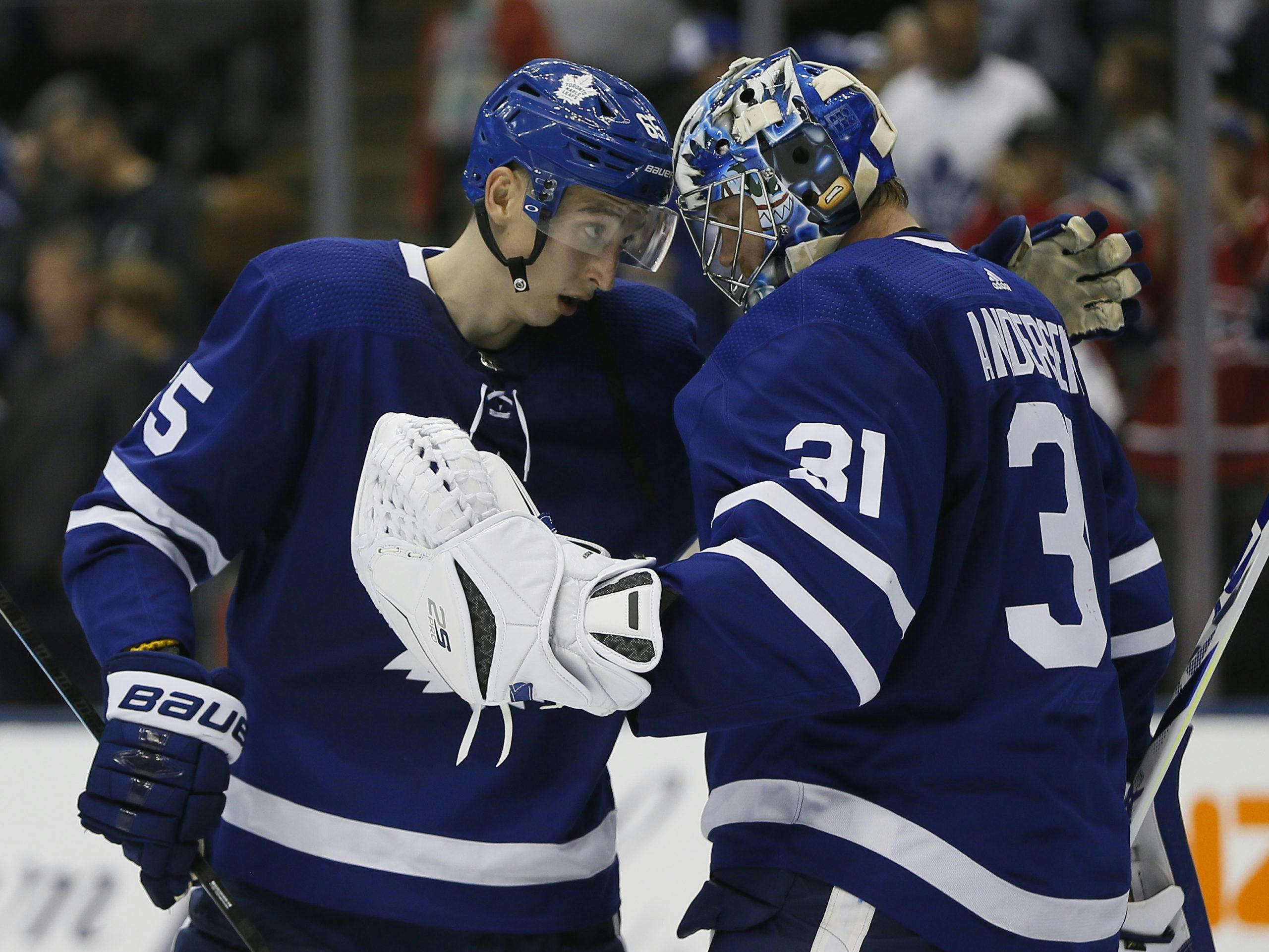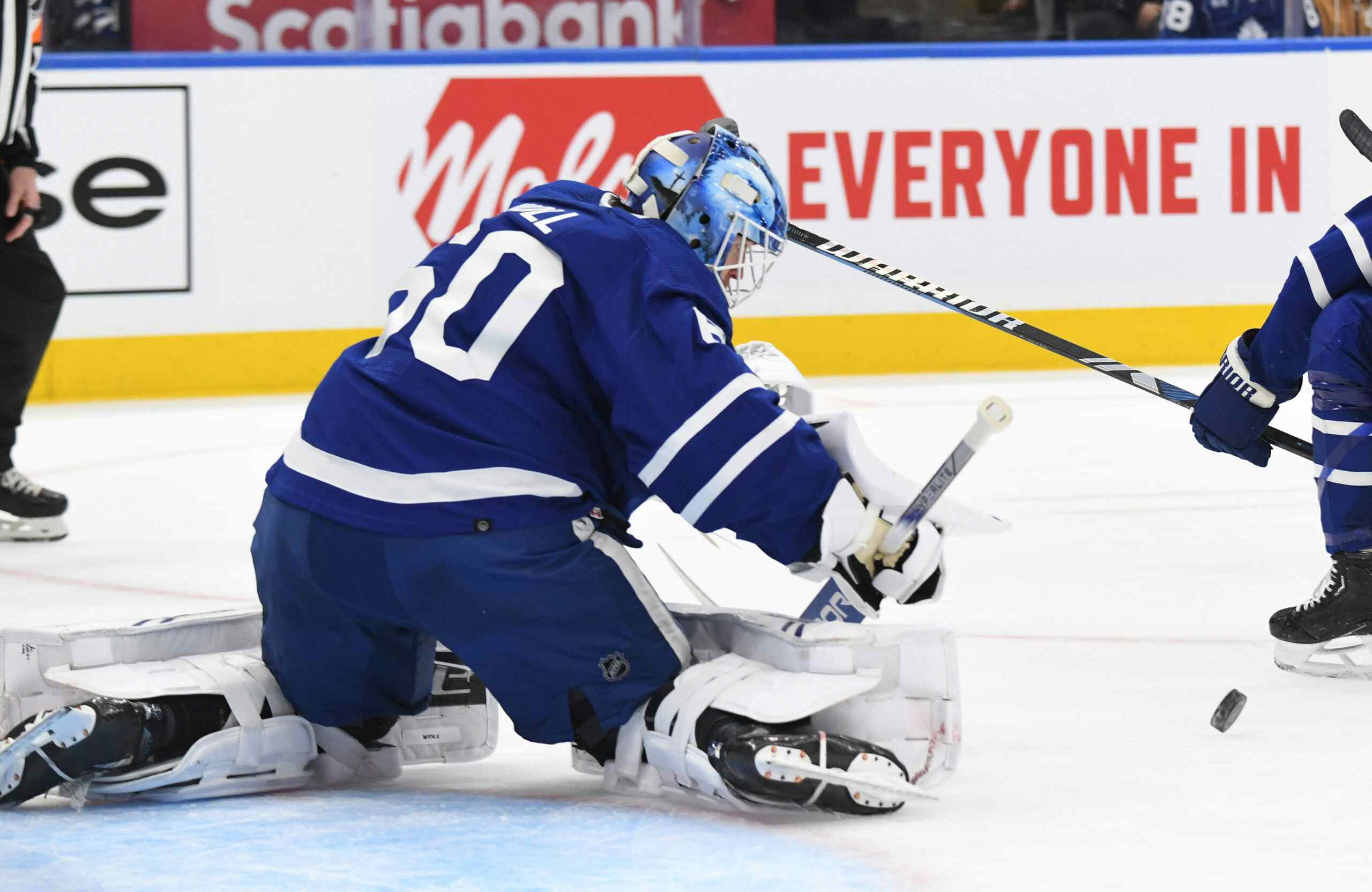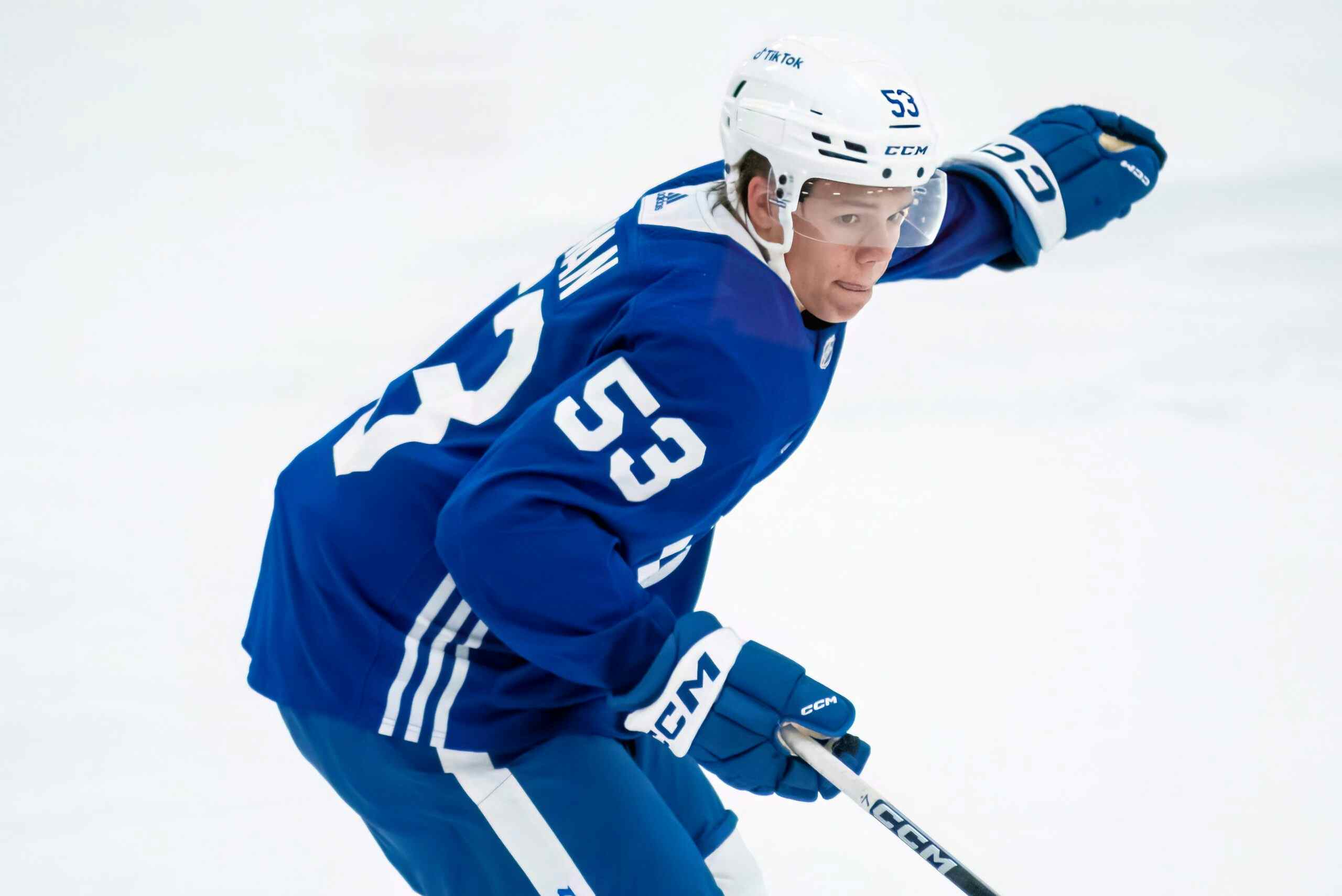What to expect from Ilya Mikheyev this summer

No Leafs free agency signing has better captured the imagination of the fan base than Ilya Mikheyev. The KHL forward instantly made splashes on Leafs twitter and blogs with his unconditional love for soup, and further cemented his popularity with his speed and gritty play on the ice. For the Leafs, the addition of Mikheyev last summer was a nice depth signing in a year where the lineup was in constant flux due to injuries on both the left and right wing. Unfortunately, Mikheyev suffered his own quite scary injury when his wrist was slashed by Jesper Bratt in late December – in classic Mikheyev fashion, he battled through shortly after the incident to start a breakout amidst a Devil’s forecheck before rushing to the bench.
This has left more questions than answers for the Leafs, who need to constantly make careful decisions about resigning players, and didn’t benefit from the smaller sample size of games for Mikheyev. This post will attempt to asses Mikheyev’s value based on his production, suggest some potential routes forward for the Leafs, and go into additional detail on the series against Columbus.
By the numbers
As mentioned above, Mikheyev’s shortened year and status as an NHL rookie brings up the traditional sample-size problem when conducting a player analysis. Implications from any statistics or scouting analysis should be placed in this context, and be kept in mind when discussing future production. Lets start by contextualizing some of the top-level numbers that Mikheyev produced in his abbreviated time:

Results are for 5v5 situations
I’ve chosen a few metrics to highlight production and on-ice results – Goals and Points per 60 minutes are the production focused metrics, while his on-ice Corsi and Expected Goals Percentage give us a better idea of how the Leafs fair when he’s on the ice. As noted by the Percentile column, Mikheyev’s metrics are quite impressive overall. While he’s only slightly above average in G/60, he comes in the top 3rd of forwards for Points/60, CF%, and xGF% – which puts him in Line 1 or Line 2 territory. More advanced statistical techniques, such as Evolving-Hockey’s RAPM model paint a similar picture – Mikheyev is an above average contributor offensively and has positive impacts on Goals, Expected Goals, and Corsi. More details on the RAPM model can be found on their website, but these metrics essentially attempt to isolate a player’s impact on outcomes (GF, xGF, CF) while they are on the ice.

Even Strength RAPM per 60 from EvolvingHockey.com
The below graphic breaks out these metrics on a game-level basis and includes 5 game rolling averages for the season. As seen by the uptick in production at the end of the year, the Leafs lost Mikheyev at a time when his production was at its highest. He scored in 4 of his last 6 games before his injury and was generating chances at a solid clip as evidenced by his iCF and ixG.

What we’ve seen so far
Given our assertion so far that Mikheyev is a useful player for the Leafs, what else can we say about how he plays the game? Mikheyev is a quick and strong power winger, who provides good forechecking ability, but lacks high-level finishing and creativity. In a lot of ways, he reminds me of Zach Hyman in the way he creates space through either speed or effort, which could be part of the reason we see strong on-ice results for both players. They both can have some difficulty actually putting pucks in the net – though we know shooting percentage to be a random beast – and we could see Mikheyev score at a higher rate than he did in his season this year with the Leafs. A lot has been written about the Leafs troubles with grit – and while I usually fall on the side of the argument that defends the smaller and more creative Leafs forwards – Mikheyev is a perfect example of a player who isn’t necessarily dropping the gloves or laying big hits, but winning battles and pucks so that the Leafs scorers have more space to create.
A great example is this nice little play against the Canadiens on October 5th – he wins the battle down low to feed Tavares with a grade A chance in the slot.
Mikheyev’s game is not without fault. In my opinion, he tends to take too many wrist shots from far away, particularly on the rush. I would wager that a much more dangerous offensive chance could occur if he held on to the puck and used his speed to get deeper in the zone instead of flicking a shot on the net. My final critique relates to his consistency regarding his on-ice results. As the calendar graphic below depicts, he can disappear in some games if he doesn’t have the chance to make an impact with this speed or on the forecheck. The graphic shows his on-ice xGF% results, and while things were turning more positive in December, he saw his share of tough games.

How will he do against Columbus?
The Leafs played Columbus twice this year – and from a high level view – Mikheyev looked quite average in both. Things went slightly better in the second matchup, and we should keep in mind that the first matchup was his second NHL game on a lackluster, pre-Keefe Leafs team. Below I use Micah Blake McCurdy’s shot charts (hockeyviz.com) that illustrate this point – the further in the bottom left corner you go the worse the results are.


Playoff Expectations
This leaves a lot for open debate about how the Leafs should handle Mikheyev’s contract at the end of the year. With the cap staying flat and the Leafs already tight up against it, keeping the diamonds in the rough they find in the summer won’t get any easier. Despite the challenges, the Leafs should be proud they found such a useful fan favorite at such a low cost, and we’ll all be looking forward to his return to the ice against Columbus.
-Mackinaw Stats
Thank you to Evolving-Hockey.com and hockeyviz.com for the data/charts – go support their sites if you can!
Recent articles from mackinawstats





